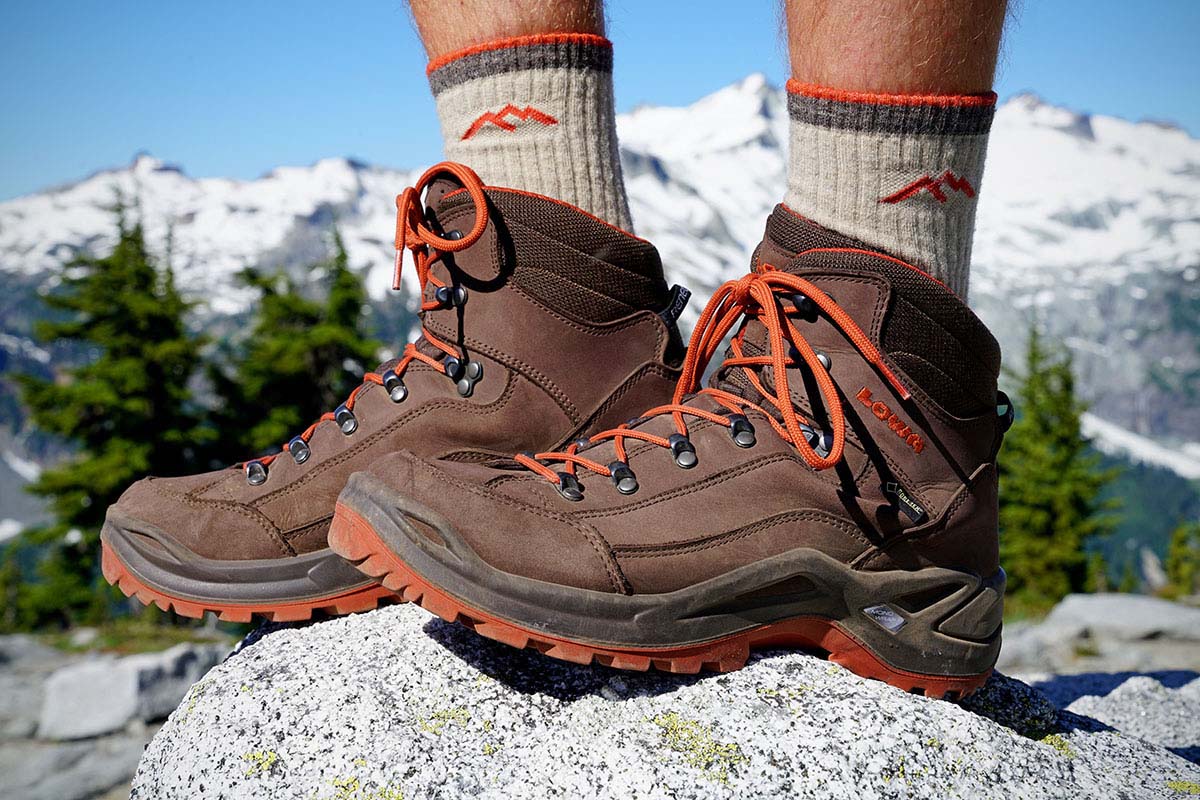Top Rated Hiking Boots For Flat Feet For a Better Hiking Experience

Hiking shoes can make or break your day on the slopes. If your hiking boots for flat feet are tight, you can walk miles and feel good at the end of the day. If they do not adjust well and cause pain in the foot, it can be a really bad experience. If you are wondering "How should goosebumps fit?" or if you have plantar fasciitis and you are looking for the best hiking shoes, you have come to the right place.
THE BASIC CONCEPTS
There are different types of hiking boots: lightweight hiking boots, backpack-style boots and hiking boots. To find the best hiking shoes for you, you need to balance your hiking goals with your shoes.
The best hiking shoes are perfect for your feet and keep the foot safe without constriction or hot spots. your walking shoes should provide proper support for your feet, especially if you have plantar fasciitis. If the arch support for your hiking shoes is not enough, you can add arch shots for the hiking boots. if other factors that you need to keep in mind when finding the most comfortable hiking shoes are shoe flexibility, breathability, sole profile and weight.
WHAT DO YOU WANT TO KNOW
Types of Hiking Shoes
Choosing the best hiking boots can be as overwhelming as walking the blindfolded Appalachian Trail. There are three main types of hiking shoes, all designed for different intensity levels. Balancing your hiking goals with your shoes increases fun and mileage on the trail.
Lightweight Hiking Boots: A style with a low cut and a flexible midsole. Perfect for day trips, hiking and ultra-light backpacking trips.
Backpack Boots: high boots for greater support for the ankle. These boots have stiffer midsoles to protect the soles of the feet from uneven terrain. Designed for hikers who carry heavier loads over long distances.
Hiking Shoes:
heavier and more durable than regular hiking shoes. Sometimes in leather and sometimes in plastic with removable inner boots. Designed for alpine climbing, glacier crossings and great heights. Most hiking shoes have stiff soles and are designed to be used with crampons (ice hiking / climbing top).
Although these hiking shoes look very tough and durable, you will wear them on a short day of hiking you are slower and clumsy. And at the other end of the spectrum, it can be dangerous to climb snow-capped peaks for light hikers.
What to look for in hiking boots
When choosing new hiking boots, you are probably wondering: "Do hiking boots need to fit properly?" or "How tight should hiking boots be?" The perfect fit is everything. So take your time and follow these tips.
How should hiking shoes be adjusted?
Fit is the most important aspect. With the foot firmly in the shoe, place the weight on the front of the foot. You should be able to easily place your index finger between the heel and the back of the shoe.
Shorter than that, and your toes will hurt on the lower floor. The width of the shoe should be tight over the widest part of the forefoot (ball), but not tight. It should not be pressed in the heel and nothing should be uncomfortable on the foot bone.
Follow These Tips To Get The Best Possible Fit For Your Hiking Shoes:
Fit is everything - a well-fitting shoe with fewer functions is always better than a poorly fitting shoe with ruffles. A good fit will keep the foot very secure, without constriction or "hot spots" (a place where your shoe rubs against the foot and causes irritation). When pushing your foot forward, you should have space behind the heel for the width of your index finger (not the thickness).
Comments
Post a Comment